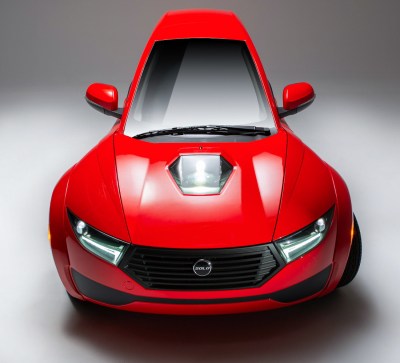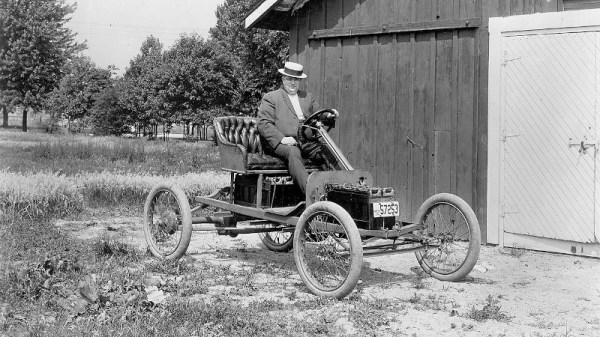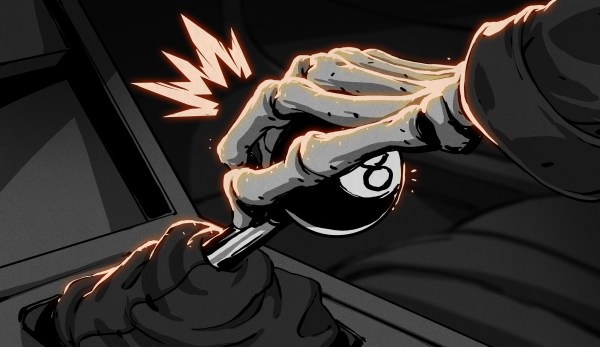We live at an interesting point in time for the technologically minded motor vehicle enthusiast, and we stand on the brink of a major directional shift in how we imagine a car. Within ten years it’s likely that the electric motor will have moved from an extravagance or a fringe choice to a mainstream one, and a piston engine will be the preserve of an ever smaller niche market.

Along the way is it possible that the very form factor of an automobile will change, or will cars in decades hence have the same basic shape as those we’re used to? The Canadian company Electrameccanica certainly think so, because they’ve launched a refreshingly different take on commuter transport for one. Their Solo is a three-wheeler car, with two wheels at the front and one trailing wheel at the back configuration. It’s a bold design, but if it’s such an obvious one then why don’t we drive three-wheelers already?
It’s time to examine a few of the properties of a three-wheeler, and along the way visit some of the past attempts at this configuration.
Continue reading “Losing A Wheel On Your Commute; 3-Wheelers Vie For The Open Road”


















